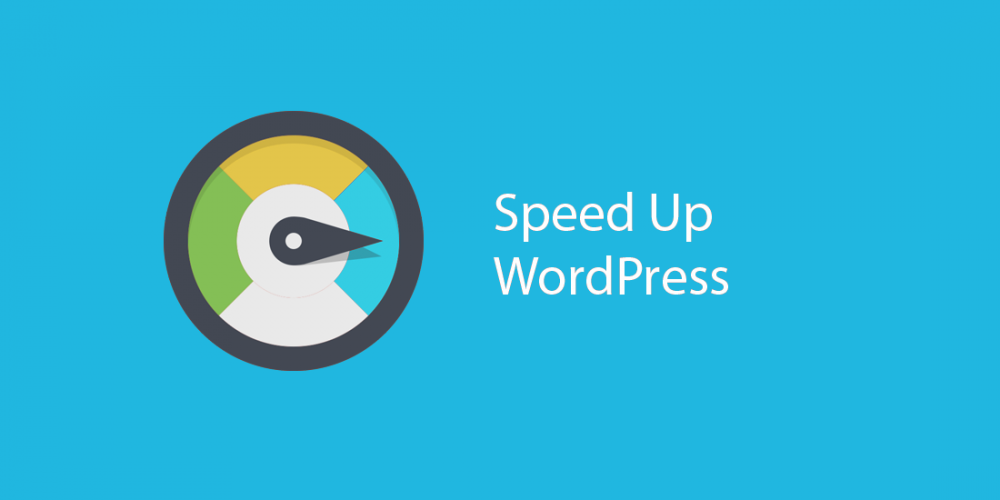Why speed up WordPress?
There are many reasons for ringing the alarm bell, some of which may even cause major concerns for you:
- Search engines (such as Google) rank websites that take longer to load quickly than slow. Therefore, if you want to improve your position in SERP, improving speed should be one of your top priorities.
- Studies have shown that a website loading speed of more than 2 seconds usually causes about 47% of visitors to jump out of the website. Therefore, in order to interest about half of your visitors, you should speed up WordPress.
- Online buyers are the most impatient. They want the page to load within a second. Therefore, if you run an e-commerce store on WordPress, then you better be prepared to make major improvements to make your business more profitable.
5 Ways to speed up WordPress:
1. Choosing a better web hosting service provider
The main factor that affects the speed of your website is the hosting of your WordPress website. It seems like a good idea to host your new website on a shared hosting provider that offers “unlimited” bandwidth, space, email, domains, etc. However, the point that we usually miss about this offer is that shared hosting environments cannot provide good loading times during peak traffic hours, and most of them cannot provide 99% uptime in a given month.
Shared hosting tends to bring poor performance because you have to share the same server space with countless other websites and cannot be sure how many resources others are using. In addition, you don’t know how optimized the server is.
2. Use a lightweight WordPress theme/framework
The WordPress theme contains many dynamic elements, sliders, widgets, social icons and more shiny elements, which are very eye-catching. But remember this: if they contain too many elements and the page size is large, then they will definitely cause your web server to be hit hard. The best option is to use lightweight themes. One solution is to use one of the default WordPress themes. In addition, for feature-rich websites, you can also choose to use a good framework theme such as Bootstrap or Foundation.
3. Reduce image size
Images are the main contributor to the increase in the size of a given web page. The trick is to reduce the size of the image without affecting the quality. If you use the Chrome PageSpeed Insights extension or Photoshop or any other tool to manually optimize the image, the process will take a long time. Fortunately, there are plug-ins with almost every function you can think of, including image optimization. It is worth mentioning that:
- Optimole
- WP Smush
- EWWW image optimizer
Using any of the above plugins on your WordPress website will greatly reduce the image size and thus increase the speed of your website.
4. Minify JS and CSS files
If you run your website through the Google PageSpeed Insights tool, you may be notified about minimizing the size of CSS and JS files. This means that by reducing the number of CSS and JS calls and the size of these files, you can increase website loading speed.
Also, if you know the methods of WordPress themes, you can learn the guide provided by Google and do some manual fixes. If not, there will be plugins that can help you achieve this goal. The most popular is Autoptimize, which can help optimize the CSS, JS and even HTML of a WordPress website.
5. Use advanced caching mechanisms for caching plugins
WordPress caching plugins such as W3 Total Cache have been around for a long time, which makes the complex task of adding caching rules to website elements easier. Combining such plugins with advanced caching mechanisms such as Varnish can help you increase the loading speed of your website and ultimately significantly increase the speed of WordPress.
Find out more on Casbay Blog.




